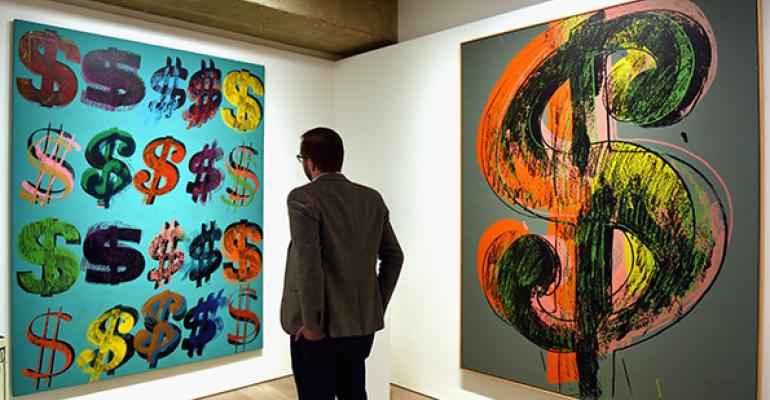The urge to collect art can be driven by many things: beauty, historical and cultural significance, the desire to build a collection for the next generation, planning to support a beloved museum, financial investment, and others. Regardless of motivation, it is essential to make acquisition decisions carefully and wisely.
When contemplating a major purchase of artwork, three elements should be closely examined.
1. Authenticity
Authenticity can be a significant factor depending on the work being acquired. Works purchased directly from the artist present few risks of being fake. Still, Old Masters and modern art, antiquities, and works by prolific artists (Picasso is a classic example) frequently present authenticity questions that can profoundly impact the value of the work. Some artists are commonly copied. Depending on the object’s price, it may be worth engaging an expert to examine the work – preferably in person – and give an opinion on authenticity or ask the seller/dealer for an authentication report. However, certificates of authenticity from dealers are not particularly helpful. For certain artists, you may need to obtain an opinion from the artist’s committee to re-sell or donate the work in the future. (Several lawsuits challenged committees’ role in the market, leading to the collapse of many such committees, but some still exist.)
2. Provenance
Knowing an artwork’s provenance – its history of ownership and possession – or the findspot for an antiquity, referred to as “provenience” – can support authenticity and is also critically important to retaining the value of an object and ensuring that you have a clear title and right to possession. Requesting complete documentation from the seller or gallery is only a first step; retaining an art expert or an attorney with experience in reviewing and interpreting the seller’s provenance documents and consulting other sources can be very useful and protect a buyer from a wrong decision. Also, a lien search for a UCC-1 filing with the Secretary of State ensures that no one else has registered an interest in the work.
Recent news headlines make clear the vital role that provenance research can play in the acquisitions of artworks and antiquities, as the flow of objects back to countries of origin has increased over the past several years. Similarly, the public record is full of examples of successful restitution claims made by Holocaust survivors and their heirs, as well as other families seeking to recover illicitly traded objects.
3. Value
The third piece of the acquisition triangle is valuation. This is one of the more basic elements of examining a potential transaction. With high-value acquisitions, we usually advise clients to obtain at least two valuations from reputable and certified appraisers or galleries or auction houses to ensure that they have more than one point of view. If the valuations are wildly different, it may be worthwhile to obtain a third.
These suggestions are merely general guidelines, not legal advice. If a client is contemplating a major art acquisition or developing a new collection, it's imperative to consult an expert.

